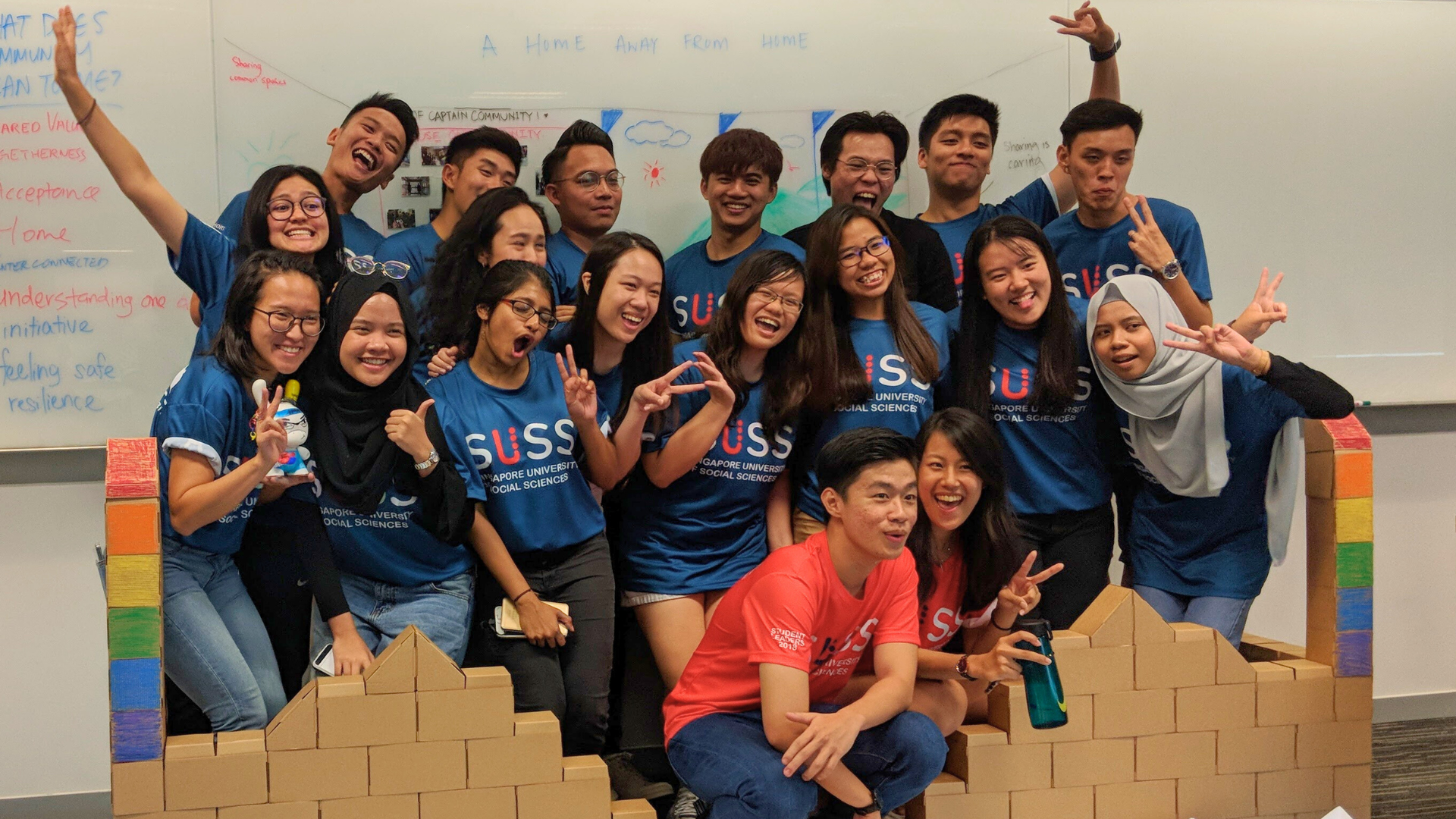The Art of Facilitation
Facilitation is a vital skill in today's collaborative environments, whether in community ventures, educational settings, or professional workshops. A skilled facilitator can guide a group towards its objectives while ensuring everyone feels heard and valued. This post explores the core principles of facilitation and offers practical techniques and tips to implement these principles effectively.
"Our best thoughts come from others."
- Ralph Waldo Emerson
6 CORE PRINCIPLES IN FACILITATION
Neutrality
Staying impartial is crucial for a facilitator. Your role is to guide the process without imposing your views. This ensures a fair and balanced discussion where all perspectives are valued.Active Listening
Active listening demonstrates genuine interest and understanding. It helps in building trust and encourages participants to share openly.Clarity
Clear communication of objectives, processes, and outcomes is essential. It helps participants understand the direction of the discussion and the goals to be achieved.Inclusivity
Encouraging participation from all members fosters a sense of belonging and ensures diverse viewpoints are considered.Flexibility
Adaptability to the group’s needs and dynamics allows for a more responsive and effective facilitation process.Composure
Maintaining calmness and poise, even in challenging situations, helps to keep the group focused and the atmosphere positive.
TECHNIQUES & TIPS FOR EFFECTIVE FACILITATION
How do we maintain neutrality?
Build Rapport: Use icebreakers and humor to create a comfortable environment where participants feel free to share.
Acknowledge Contributions: Affirm the contributions of all participants to show respect and appreciation.
Respectful Communication: Ensure one person speaks at a time to maintain order and respect.
Challenge Ideas, Not Individuals: Focus on critiquing ideas to avoid personal conflicts.
Avoid Scapegoating: Do not single out individuals or create factions within the group.
How do we practice active listening?
Understand, Not Respond: Listen with the intent to understand, not just to reply.
Ask the Right Questions: Pose questions that probe deeper into the topic.
Clarify and Paraphrase: Summarize and paraphrase what has been said to ensure understanding and avoid misinterpretation.
Avoid Interruptions: Let participants finish their thoughts without interruption.
Positive Non-Verbal Communication: Use body language that shows attentiveness and interest.
How do we ensure clarity in the process?
Summarise Key Points: Regularly summarize the discussion to keep everyone on the same page.
Provide Clear Instructions: Break down complex instructions into manageable steps.
Begin with the End in Mind: Share the desired outcomes at the start to frame the discussion.
Manage Time and Objectives: Keep track of time and ensure the discussion stays on track.
Prepare Relevant Talking Points: Understand the participants’ motivations and prepare relevant discussion points.
How do we promote inclusivity in discussions?
Speak Less, Listen More: Allow participants to take the lead in discussions.
Use Open-Ended Questions: Encourage more detailed responses by avoiding yes/no questions.
Engage Shy Participants: Direct questions to quieter members to ensure everyone has a chance to speak.
Invite Perspectives: Ask participants to share their views or elaborate on others' points.
Structured Activities: Use paired or group formats like think-pair-share or utilise additional tools/exercises to manage time and participation.
How do we remain flexible & adapt to needs?
Moderate Tone: Balance discussions by moderating extreme negativity or positivity.
Reframe Negativity: Turn negative comments into opportunities for growth.
Reframe Positivity: Highlight potential challenges to overly positive comments.
Appreciate Differences: Build on different interests to find common ground.
Defer Non-Agenda Items: Postpone off-topic items for future discussion or follow-up.
How do we keep composed in tough situations?
Focus on Participants: Keep the focus on the group’s needs rather than your own.
Diffuse Tension: Use pauses or breaks to calm tense situations.
Mediate with Empathy: Address conflicts with compassion and understanding.
Avoid Defensiveness: Stay open and non-defensive when sharing your views.
Plan for Contingencies: Be prepared for extreme scenarios with appropriate resources, like on-site counselors.
EMBRACING THE JOURNEY OF FACILITATION
Mastering the art of facilitation involves understanding and applying core principles and techniques. By remaining neutral, actively listening, maintaining clarity, promoting inclusivity, being flexible, and keeping your composure, you can create a productive and respectful environment for all participants. These skills are essential for effective group management and fostering a sense of connection and collaboration.
However, facilitation is also a journey of continual growth. Each session provides an opportunity to refine your approach, learn from experiences, and improve your techniques.
Embrace every facilitation encounter as a chance to grow, both personally and professionally. Whether you are a learner, educator, or community builder, applying these principles and remaining committed to ongoing practice will enhance your ability to guide discussions, mediate conflicts, and achieve collective goals.
Remember, the best facilitators are those who never stop learning and evolving, always seeking to better serve the groups they lead.

